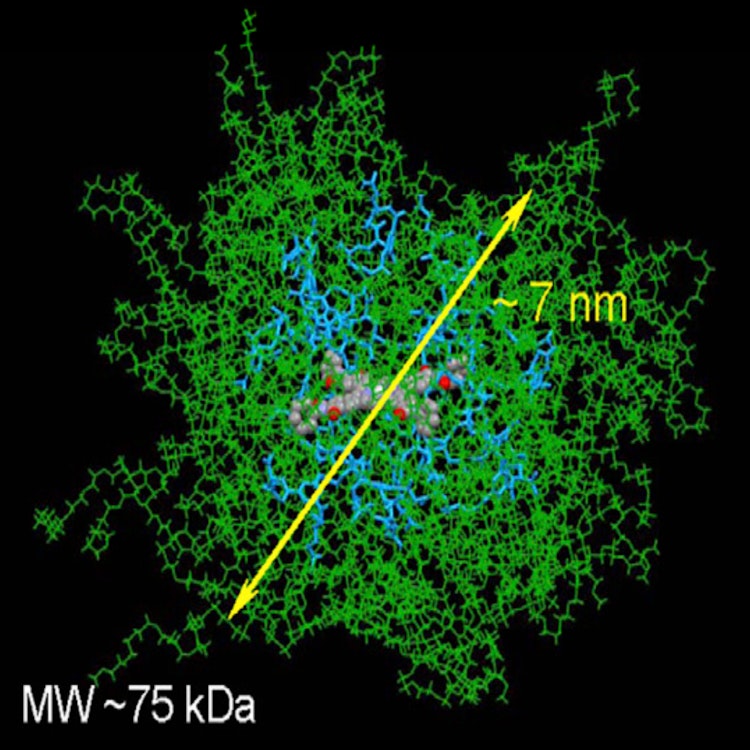
Oxyphor 2P: A High-Performance Probe for Deep- Tissue Longitudinal Oxygen Imaging
Quantitative imaging of oxygen distributions in tissue can provide invaluable information about metabolism in normal and diseased states. Two-photon phosphorescence lifetime microscopy (2PLM) has been developed to perform measurements of oxygen in vivo with micron-scale resolution in 3D; however, the method’s potential has not yet been fully realized due to the limitations of current phosphorescent probe technology. Here, we report a new sensor, Oxyphor 2P, that enables oxygen microscopy twice as deep (up to 600 mm below the tissue surface) and with 60 times higher speed than previously possible. Oxyphor 2P allows longitudinal oxygen measurements without having to inject the probe directly into the imaged region. As proof of principle, we monitored oxygen dynamics for days following micro-stroke induced by occlusion of a single capillary in the mouse brain. Oxyphor 2P opens up new possibilities for studies of tissue metabolic states using 2PLM in a wide range of biomedical research areas.
Download
esipova_2018.pdfResearchers


